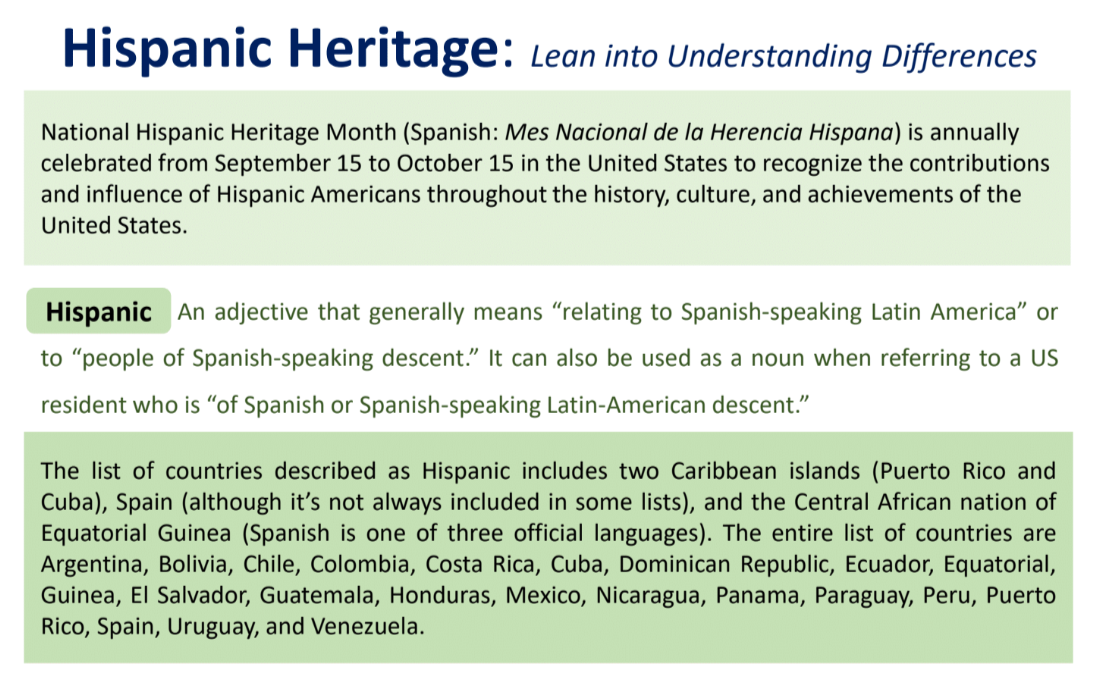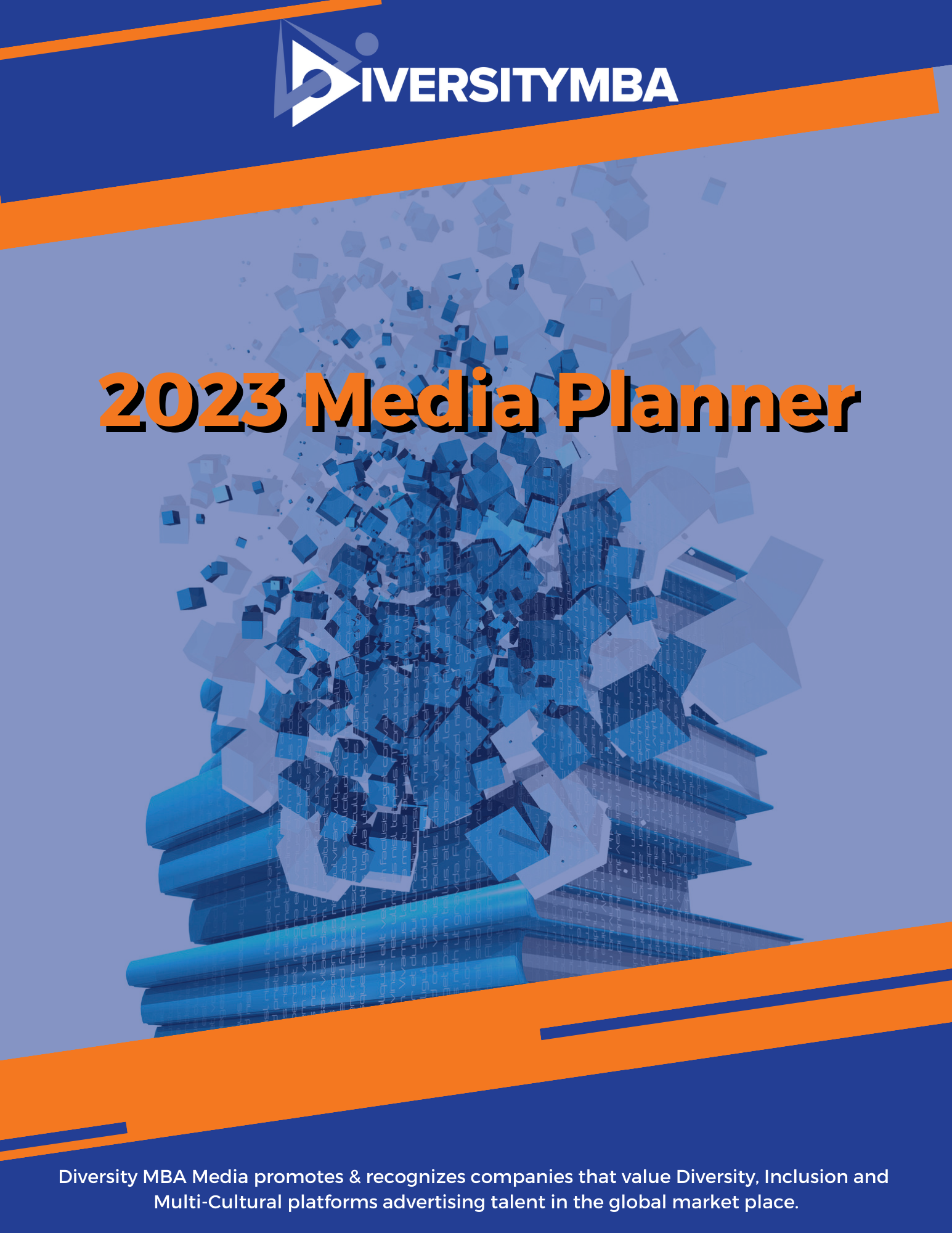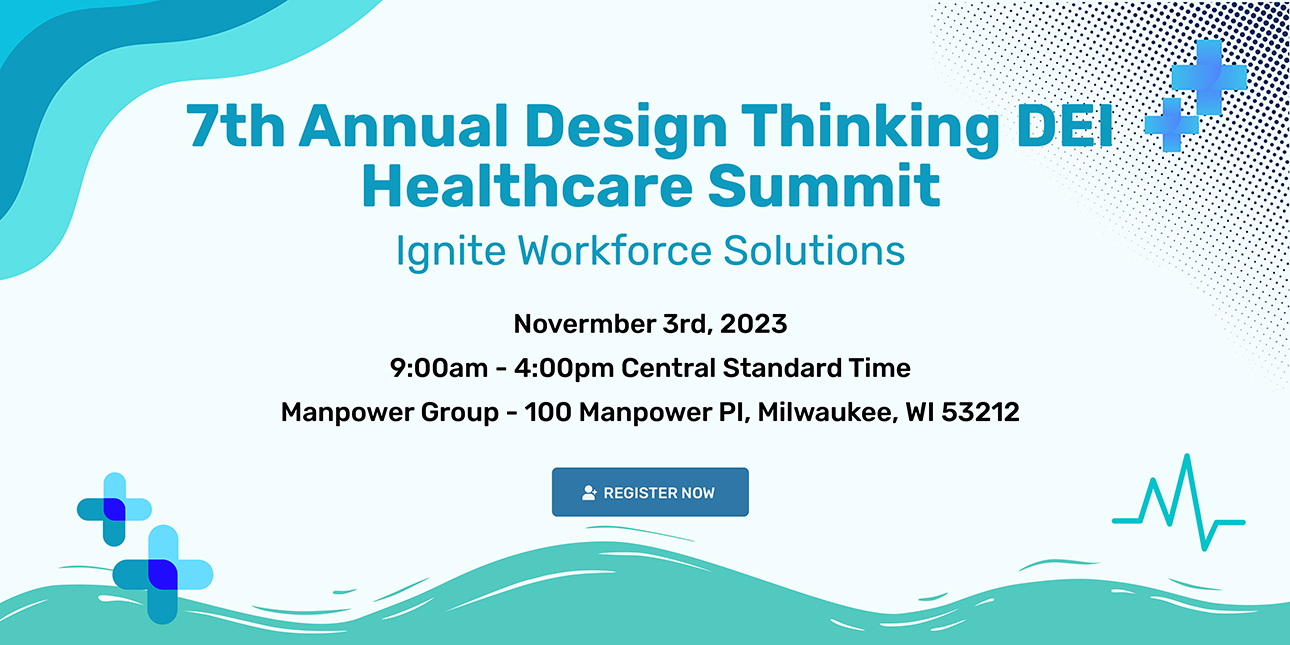
As I was preparing for our Diversity Smarts webinar, “ERG Best Practice: Leveraging Career Development,” I realized that it was a good subject to discuss, particularly because the state of employee resource groups has evolved.
Here’s what I mean by that: ERGs were established a few decades ago for the purpose of creating affinity among like individuals, allowing them the opportunity to connect, engage and dialogue on issues in the workplace and present game plans for change. The outcome of this affinity was increased retention rates among women and people of color.
Today, ERGs are a best practice model for engagement, retention, skill development and business solutions. The reality is that ERGs are evidence of moving cultural sustainability.
Organizations that are operating on all cylinders, maximizing ERGs, are ready for the next level. Organizations early in their diversity and inclusion journey should leverage the best practices of establishing affinity ERGs.
The skill development process of participating in an ERG is tremendous. It allows professionals to both hone and master key skills required in business success. It also develops leadership skills for those in key positions as committee chairs or ERG chairs.
Companies are exposing these leaders to additional training and development; but are they really aligning these activities with career planning and promotion. The truth is that very few are doing this. There is a slow process of change going on, but the bulldogs in the game are taking risks and forging forward to ensure they keep the talented ERG leaders by aligning with the talent management and learning enterprises.
The second part of this equation is that ERG participants need to view the opportunity for participation and selection on the ERGs as a means to gain assignments from, exposure to and access to leaders and experts in their organization to help advance their career.
Now with that being said, DMBA’s inclusive leadership survey has identified the best-practice programs that companies employ to develop talent by leveraging ERGs. The results include:
• 95 percent of companies have employee resource groups (ERGs with an average of 18-24 months employee service);
• 80 percent of companies’ ERGs have engaged executive sponsors; thus, exposure to leadership;
• On average, 20 percent of ERG leaders are promoted after service;
• 50 percent of companies align assignments and projects with skill development; only 20 percent of companies link this to performance reviews;
• 10 percent of companies formally expose ERG leaders to leadership development programs and training;
• 80 percent of companies have a leadership summit or conference for national engagement
At the end of the day, if the company is providing the platform, the employees must take advantage of the opportunities. Linking ERGs to promotion and advancement is the new normal. So go with it.







